December 21st local time, Russian President Putin signed an order stipulating that from January 1, 2021, the Russian Northern Fleet will be officially upgraded to an independent military administrative unit, which is the same level as the Western, Southern, Central and Eastern Military Regions of Russia, effectively giving the Northern Fleet the status of “Fifth Military Region”.
According to Russian media reports, the establishment of the status of the military region means that the Northern Fleet has the authority to command and transfer troops across services in the future.
Putin’s move is widely interpreted as an important measure for Russia to strengthen Arctic deployment and further integrate resources.
Russian polar strategy “multi-pronged”
Heavy action is continuous.
In fact, around polar development, Russia has made many major moves recently:
The world’s first ice-resistant self-propelled scientific research platform launched
On December 18th, local time, Russia’s latest polar scientific research platform “Arctic” was launched in St. Petersburg. The Arctic platform can drift and move independently on the ice at a speed of 10 knots, and has the ability of take-off and landing helicopters and drones.
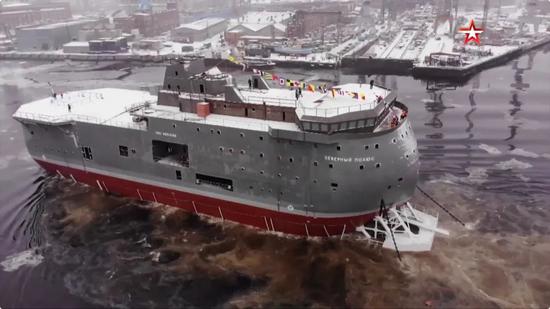
On the platform, 20 laboratories will be built for scientists to conduct multi-subject research on marine geography, climate and geophysics, collect soil samples and look for minerals.
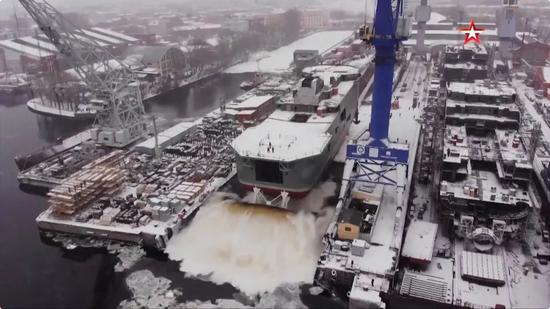
Russian media said that the purpose of building this platform is to “strengthen Russia’s presence in the Arctic and consolidate Russia’s position as a world leader in Arctic scientific research”.
The first Arctic waterway of the global icebreaker
Among the Russian polar equipment, there is also a “big guy” named “North Pole”. Known as the world’s strongest nuclear-powered icebreaker, it left Murmansk in November and made its first voyage to the Arctic waterway.
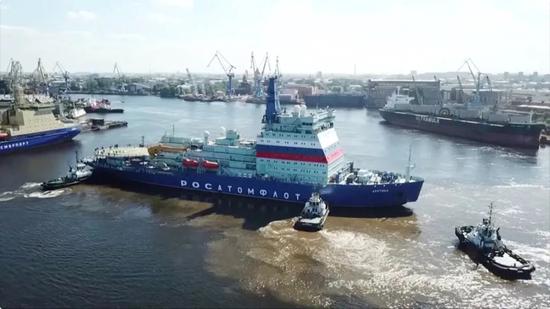
Arctic is currently the world’s largest tonnage and the strongest icebreaker, which can break through three meters of ice.
Russia has more than 40 active icebreakers, ranking first in the world. At the same time, Russia is the only country in the world with nuclear-powered icebreakers.
The United States deploys medium-range missiles in Alaska
10 minutes to fly to the Russian nuclear submarine base
Russia’s strong promotion of Arctic strategic deployment has aroused anxiety and unease in the United States.
The United States intensively deploys fifth-generation aircraft in Alaska
On December 18th local time, the second F-35A fighter squadron deployed by the U.S. Air Force in Alaska was officially established. Alaska has always been at the forefront of the U.S. polar strategy and is also the “battleground” of the game between the United States and Russia at high latitudes.

Since April this year, the United States has begun to deploy F-35s in Alaska. It is planned that by the end of 2021, the total number of F-35 fighters deployed to Alaska will reach 54. Coupled with the F-22 fighters originally deployed there, Alaska will become the most densely deployed area of fifth-generation fighters in the entire U.S. territory.
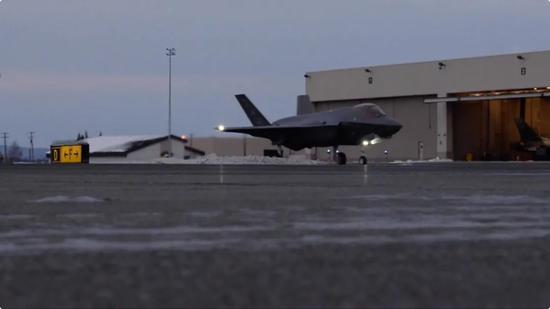
The United States is considering deploying a pilot in Alaska.
On the 19th local time, Marshall Billingsley, the U.S. Special Representative for Arms Control, said during his visit to the Alaska Antimissile Facility that the United States was considering deploying medium-range missiles in Alaska.
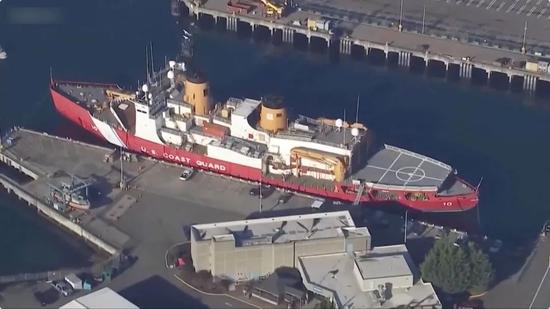
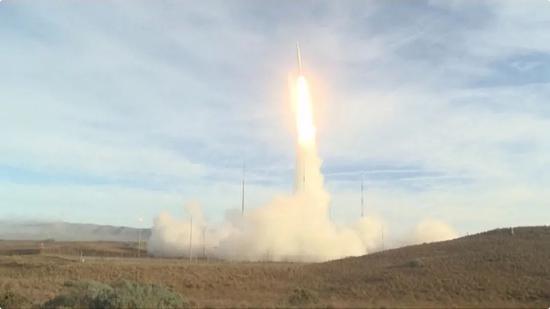
U.S. nuclear expert Christensen revealed that the U.S. military is developing missiles with a range of 3,000-4,000 kilometers; if deployed on Attu Island, the westernmost tip of Alaska, the missile can fly to the Russian strategic nuclear submarine base on the Kamchatka Peninsula less than 10 minutes after launch.
The only heavy icebreaker in the United States sailed to the Arctic
In the deployment of icebreakers, the United States, despite the huge gap with Russia, still took the pace of catch-up: on December 4, the North Star, the only heavy icebreaker in active service of the United States Coast Guard, set out from Seattle for the North Pole.
Since its service in 1976, the Antarctic region has been the main mission area of Polaris. The commander of Polaris said that an important reason for changing the mission area from Antarctica to the Arctic this year is the threat from Russia.



